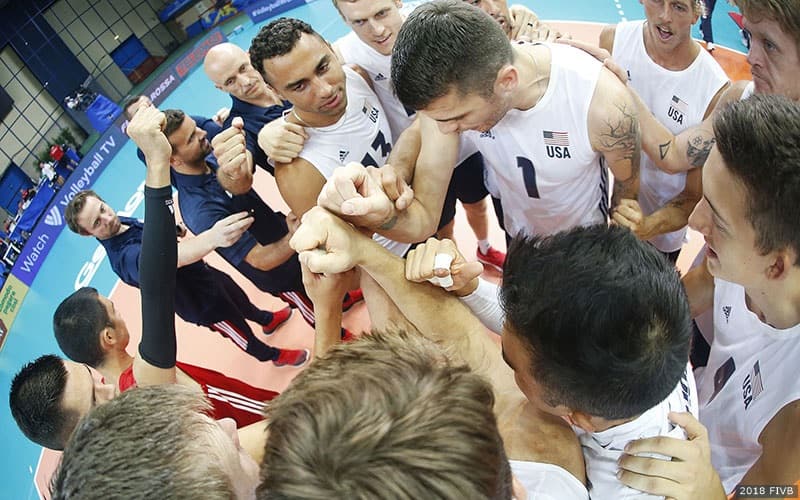
Teams with big dreams of sport success are often quick to set large goals.
However, these goals sometimes fall well outside the bounds of being SMART goals – Specific, Measurable, Attainable, Realistic, and Timely. This could lead to more frustration than progress, or even end up harming others.
You can help your team avoid goal abandonment by being on the lookout for these four common pitfalls with setting goals.
Outcome-Based Goals
Examples: Go undefeated; never allow an ace against you; win by a margin of X every gameWhile everyone wants to win, having just ‘win’ as a goal can be somewhat misguided. There are too many variables in sports that put the result directly out of a single athlete’s control: the other players on the court, or the coach’s strategy or tactics. When these things conspire against an athlete’s singularly-focused goal of ‘just win,’ it can lead to feelings of failure, even for an athlete who played a great game.
Instead, focus on smaller, measurable goals that you have control over and that allow you to contribute to winning. A goal of ‘getting 90 percent of my serves in’ is good, but deconstructing that to ‘Serve five balls to every zone after practice’ may be more productive for you and your teammates.
Extrinsic Goals
Examples: Make varsity so I will be popular in school; make my family proud; win league MVPLike outcome-based goals, extrinsic goals are ones unrelated to controllable behaviors. Often, they are aimed at achieving some vague and immeasurable goal such as peer acceptance, popularity or winning a subjective award.
These goals aren’t SMART, and research has shown extrinsic goals lead to negative actions and make you more “likely to ignore [your] needs and to engage in activities which work against [your] health and well-being” (Shmuck, Kasser, & Ryan 1999). If you or a teammate try to set goals of this nature, try reorienting toward the measurable steps that helped others achieve those awards and extrinsic goals.
Unrealistic Goals
Examples: Serve 100 balls after every practice; work out three hours every day; make a perfect pass every time
There’s nothing wrong with dreaming big, but if your goals are too unrealistic, then it’s a recipe for burnout and disappointment.
Many youth athletes have a "more equals more" mindset, believing that they have to put in an extraordinary amount of time or effort to achieve their goals. This can often lead to a higher risk of injury, practicing and training so long it’s counterproductive, and sacrifices in areas like school. And ultimately, it causes the athlete to abandon their goal.
This is where the ‘R’ for Realistic comes in from setting SMART goals. Think of success as a series of steps, where each level must be ‘cleared’ before moving up to the next one. For instance, an athlete with a goal of having a double-bodyweight bench press should focus on slowly adding 2-5 pounds to their last set every few weeks instead of lifting to failure every time they go to the gym.
Goals That Harm
Examples: Show up the other team after scoring; try to smack an attack in an opponent's faceGoals should never come at the expense of another player’s safety or the rules of the game. While not setting goals to intentionally injure or ‘take out’ another player would hopefully be a no-brainer, setting goals aimed simply at seeing someone else lose are also unhealthy. These types of harmful goals are often against league rules and some of these – especially taunting or intent to injure – can come with big consequences for the athlete.
Similarly, goals that harm the team in some way should not be set nor pursued. A goal of always setting to your best friend wouldn’t be a sound goal, as it would likely mean missing out on opportunities to set to teammates in a better position to attack.
If it seems like your team is setting goals of this nature, refocus toward a goal that is healthy, within your control, and helps the team.
About TrueSport
TrueSport® is a grassroots movement born and powered by the experience and values of USADA–the U.S. Anti-Doping Agency. The TrueSport® mission is simple and bold: to change the culture of youth sport by providing powerful educational tools to equip young athletes with the resources to build the life skills and core values for lasting success on and off the field. Interested in learning more? Head over to TrueSport.org for more information and free educational resources on how you can join the TrueSport movement.

